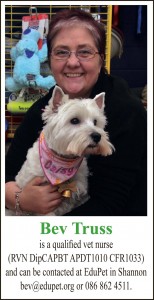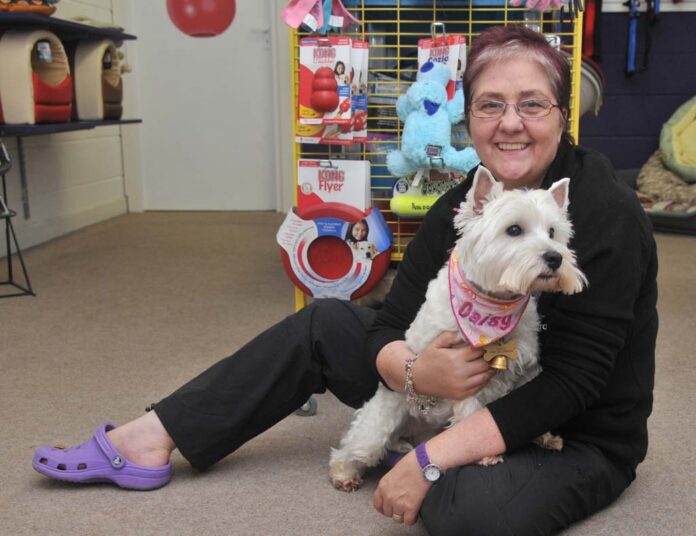
Bev Truss
IN this horrible weather, our wild birds and animals are struggling to keep healthy and many can become ill or injured.
Emergency first aid can be given to wildlife prior to them being transferred to a vet. Most vets do not charge for wildlife treatment from a rescuer or wildlife rehabilitator.
The sooner that sick or injured wildlife is received by a carer, the more chance it has of recovering, so the following advice should be pursued.
You can phone The Hogsprickle or log on to www.thehogsprickle.com or www.wri.ie. Remember – keeping or injuring wildlife in Ireland is illegal and Irish wildlife rehabilitators are all certified and work within NPWS licence.
It’s important to remember that wildlife often harbour diseases, therefore, when handling wildlife, it is sensible and good hygiene to wear disposable gloves or gardening gloves.
Be very careful when rescuing wildlife, as these animals and birds are not used to humans and even our voices and smell can terrify them. So never speak to any wildlife casualty when attempting a rescue. Having a wildlife casualty in your home can be very stressful for the animal or bird, especially if you have children, cats and dogs. Well-meaning rescuers may inadvertently cause the death of a casualty.
- Put the casualty in a high-sided box or cage, from which it cannot escape. Shredded newspaper will help the stressed animal hide and birds to lie on if they can’t stand.
- Wildlife in need of help are often hypothermic (very cold) and/or dehydrated. They will be unable to drink or feed until warm enough, so the first priority is to warm it up, either with a hot water bottle (not too hot) wrapped in a towel or ideally with a heat pad, which can be warmed in a microwave oven for about four minutes.
- Wrap the heat pad or hot water bottle in an old towel or similar material so that the heat source does not make direct contact with the casualty, otherwise it could be scalded.
- Place the wrapped heat source in the box or cage with the casualty and place another old towel or similar material over the box to keep the heat in.
- If the box is on the floor, particularly a concrete surface, it will quickly take heat away from the casualty, so place insulating material between the box and floor. Newspapers or a blanket is ideal. Ensure the box won’t tip over.
- Check the heat source regularly and reheat as necessary, otherwise the casualty will become cold and deteriorate.
- Put some drinking water in a small shallow container and place it with the casualty. A small heavy flat dish that won’t be easily tipped up would be ideal. Some birds however won’t take water.
- Check the casualty every 15 minutes and note any apparent change in its condition or behaviour.
- Body temperature needs to be warm enough to enable the animal to drink and/or feed. The time needed for this will vary depending on the type of wildlife and how cold or injured it is to start with.
- Try giving the casualty some appropriate food depending on the species you are dealing with.
There are specialised classes for anyone who wishes to learn how to rescue and handle wildlife, as well as first aid courses for pets.
Visit www.petproblems.net and follow the link for the CFR course, which is accredited by the Veterinary Council of Ireland.
Motoring editor - The Clare Champion
Former Chairman and voting member of Irish Motoring Writers' Association


